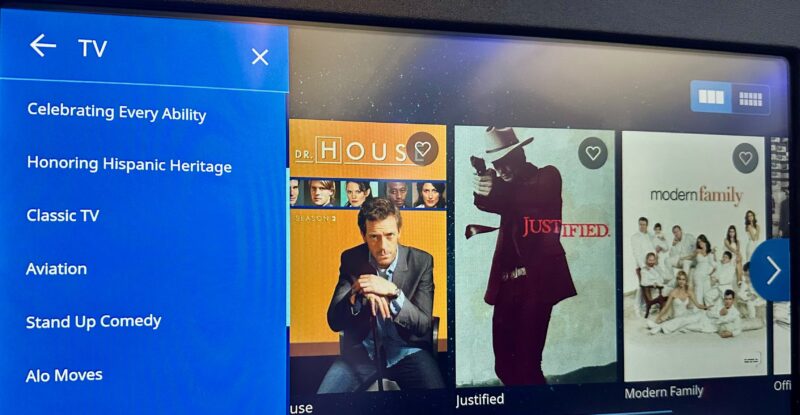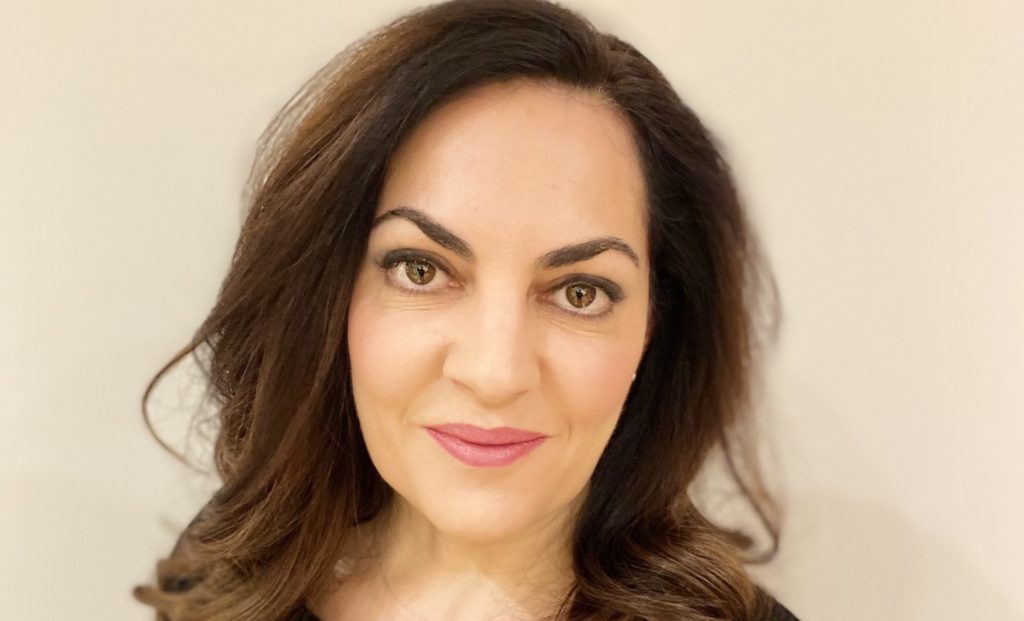A quick survey of recent trip reports on Runway Girl Network reveals that airlines are getting very creative and shrewd about how they provision content for their inflight entertainment systems. Offering a cluster of early run Hollywood blockbusters remains important for any in-seat IFE mix — think Barbie and Oppenheimer of late — but operators are bolstering their lineups with lesser-known titles and short-form content. And ‘comfort content’ like classic films and TV series continue to attract eyeballs.
This mix reflects passengers’ content consumption habits post-pandemic, Anuvu SVP, media & content Estibaliz Asiain told RGN at the Airline Passenger Experience Association’s APEX TECH conference in Los Angeles. A major content service provider (CSP) to mobility markets including aviation, Anuvu has observed that passengers are now especially interested in “short-form content, international content and independent content”.
For example, the movie Everything Everywhere All at Once, distributed by American independent entertainment company A24, enjoyed “such a large popularity around the world” including in-flight, noted Asiain.
It’s easy to understand why content trends are tracking in this direction. Passengers are already armed with their own OTT subscriptions on the ground and often vast stored libraries on their devices. Rather than pose a challenge, this dynamic creates a wonderful opportunity for airlines and their CSPs to do something different in the air, carefully curating niche content for IFE, in addition to providing mainstream Hollywood fare. The fact that foreign and independent titles are also generally less expensive for airlines to license is a nice bonus.
“So, you see the success of brands like Lionsgate and A24 and some of the smaller production houses that are becoming very, very popular and are winning many of those awards because they produce things that the big studios haven’t produced, because perhaps they’re less profitable or you don’t need to advertise them so much, etc.,” said Asiain.
Passengers are also growing accustomed to double- and even triple-screening in-flight, availing of movies and binge-worthy TV content on the ‘big screen’ — i.e. the in-seat IFE — whilst accessing snackable videos, texting or social media on their own devices. “They’re watching a movie and at the same time, watching short videos, YouTube, for example,” noted Asiain. “So, we’re seeing that demand for native digital content.”
There is also increased demand for more accessible content, including captioned movies and TV programs, as well as “different language requirements and a lot of subtitling”.
But when it comes to content, what are airlines demanding? “I’m seeing a lot of demand for data” around consumption, said Asiain. To meet this need, Anuvu, whose client roster includes the likes of Cathay Pacific and Saudia, forged a partnership with Parrot Analytics to provide its customers with further insight on film and TV content demand around the world.
Parrot Analytics’ platform captures information for every country, is language agnostic, and delivers a unified audience metric that measures across all delivery platforms, including subscription video on demand (SVOD), advertising video on demand (AVOD), and linear TV. This in turn helps Anuvu target specific content for specific demographics served by airlines, Asiain explained, as it provides data not only about what was watched on board, but what people are watching before they board.
Anuvu can then “do like a 360 around data”, she said at APEX TECH.
Additionally, airlines are also looking for something special and targeted to further their passenger personalization work.
“Before, I think it was more like the content that could work for everyone and now it’s more about pieces of content that will satisfy all of the different demographics and all of the different types of passengers,” said the Anuvu executive.
That too helps airlines balance their IFE budgets. Procurement departments are often now more heavily involved in these choices, and eager to ‘buy more for less money’. If airlines can meet passengers’ content consumption demands without breaking the proverbial bank, that’s a win, win.
Related Articles:
- Anuvu now targeting mid-2024 for MicroGEO satellite launch
- Delta’s CSP, Touch, on how Delta Sync fosters collaboration
- Op-Ed: APEX TECH offers roadmap for IFE content delivery
- Air India transforms 777-200LR IFE with new GUI, content and map
- LATAM brings Paramount+ content to embedded and wireless IFE
- Content distributor Terry Steiner International enjoys renaissance
- How FlightPath3D enables passengers to design travel experiences
- Warner’s Esdra Lamy on paradox of choice and its impact on IFE
Featured image credited to Mary Kirby













